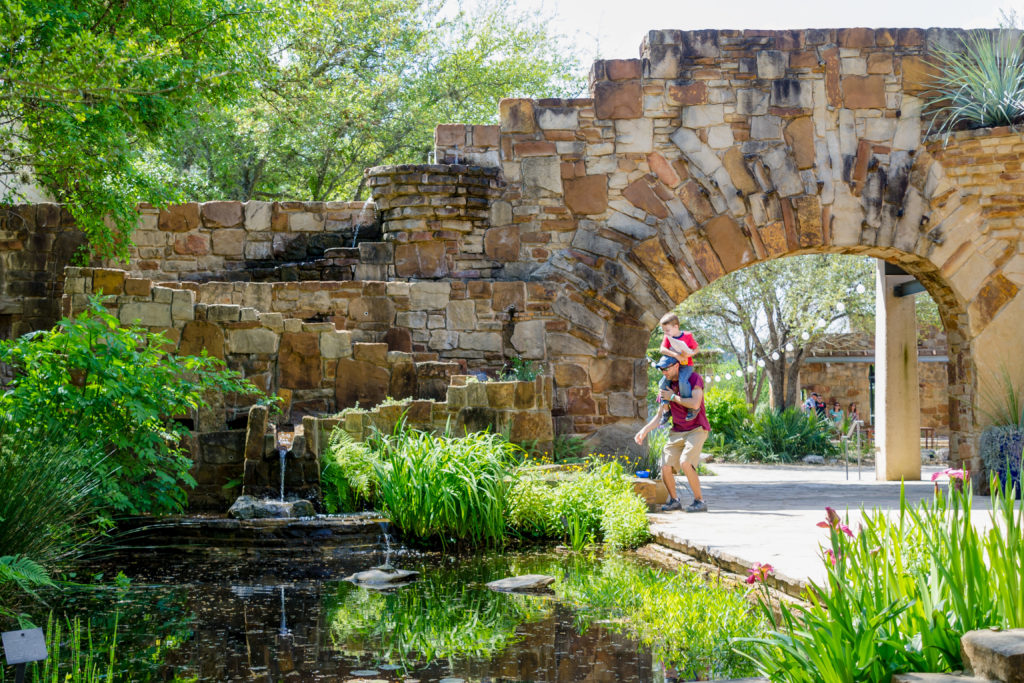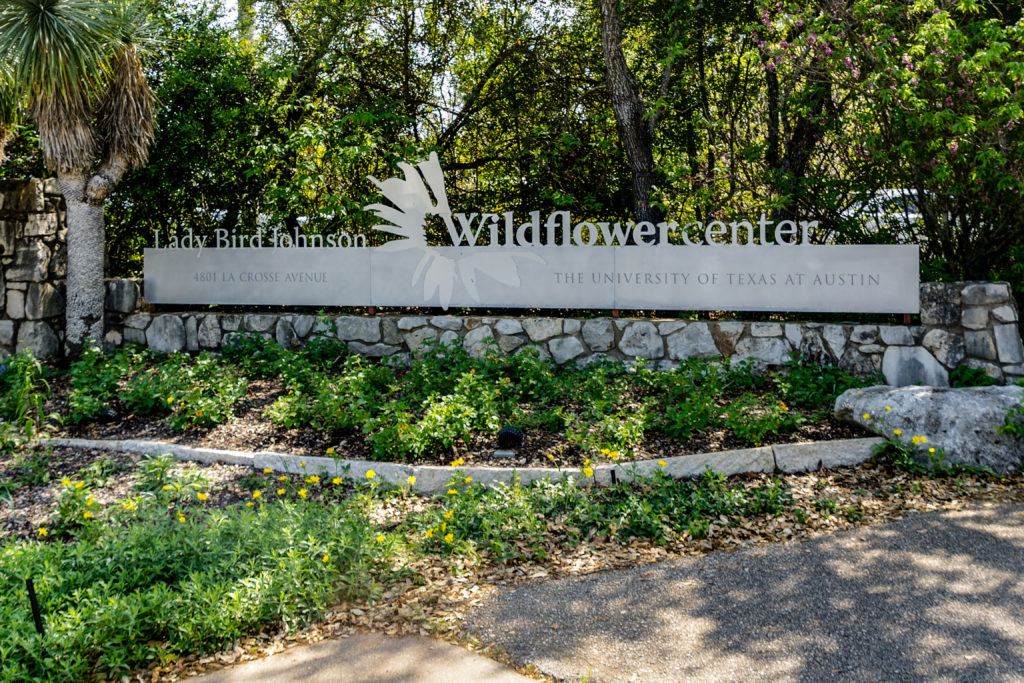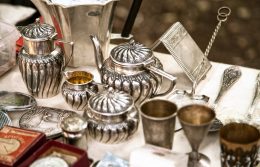Lady Bird Johnson’s Legacy in Texas
Claudia Alta Taylor “Lady Bird” Johnson helped change the way the world looked at the office of the first lady of the United States. While her husband, Lyndon B. Johnson, the 36th president of the United States, Johnson worked directly with Congress, employed her own press secretary, and advocated for legislation.
The Highway Beautification Act, which was passed in 1965 and required the removal of excessive billboards and certain industrial facilities along the growing interstate highway system, was affectionally known as “Lady Bird’s Bill” because of her advocacy that helped it pass. In fact, beautification was a lifelong passion of hers, and her native Texas has been the beneficiary of many of her efforts.
Lady Bird Johnson was cut from her own mold. Born in Karnack in East Texas in 1912, she met her future husband in Austin early in his political career and had an outsized role in shaping his success. She used part of her own money to fund LBJ’s first congressional campaign. She also played the part of peacemaker between her hard-nosed husband and some of the allies and associates he occasionally rubbed the wrong way.
Today, Johnson’s legacy is most felt in the places in Texas she touched. Her lifelong work on environmental conservation, establishing public parks, and improving the health and well-being of both rural and urban landscapes has left a gift for generations of Texans who are the beneficiaries of her vision, dedication, and tireless advocacy.

Promoting Beauty
As first lady, Johnson was an outspoken proponent of utilizing the scope and scale of the federal government to improve the places where we live. When she spoke about beautification, she was sensitive to how her efforts might be dismissed as something slight or inconsequential — as a garden club project. For Johnson, it meant so much more than that.
“Though the word beautification makes the concept sound merely cosmetic,” she once argued during her push for the passage of the Beautification Act, “it involves much more: clean water, clean air, clean roadsides, safe waste disposal and preservation of valued old landmarks as well as great parks and wilderness areas. To me … beautification means our total concern for the physical and human quality we pass on to our children and the future.”
This vision included bringing nature into cities. She worked with community and school groups on projects to reduce litter, create small pocket parks in urban neighborhoods, and revitalize and rehabilitate parks, vacant lots, and rivers. These efforts concentrated around her adopted home of Washington, but they also demonstrated how cities throughout the country, including Texas, could reimagine themselves as beautiful spaces that embrace — rather than push out — the natural world.
Beautifying Lady Bird Lake
The beautification projects Johnson pioneered in Washington had a direct impact on Austin after she moved back to her native state. In the 1960s, the construction of the Longhorn Dam created the lake (formerly known as Town Lake) out of the Colorado River to help control flooding. But the area around the new lake was barren, muddy, and devoid of vegetation. In the early 1970s, Johnson spearheaded the Town Lake Beautification Committee to guide the effort and raise funds for its implementation. Throughout the 1970s, Johnson oversaw the additions of the Women in Construction Gazebo, the Auditorium Shores terraces, and the Bicentennial Fountain and fundraising to add trees, trails, and parks.

The Lady Bird Johnson Wildflower Center
The 1960s were not just a tumultuous time for American society — they saw the degradation of many of our nation’s beautiful natural sites. The era’s destruction gave rise to the modern environmental movement, during which the U.S. passed monumental legislation and established bodies such as the Environmental Protection Agency to help preserve the county’s natural places and ensure healthy air and water for all Americans.
These causes were close to Johnson, who was frustrated with both the disappearance of and lack of information available about America’s native flora and fauna — an aggravation that inspired her to create a national research center in Texas that could study and preserve native species.
“The founding of the National Wildflower Research Center,” Johnson once said about the center’s 1982 opening, “was my way of repaying some of the debt for the delight and sustenance nature has given me all my life.”
The original wildflower center opened in 1982 on 60 acres in East Austin, and the current campus — renamed the Lady Bird Johnson Wildflower Center in Johnsons’ honor — opened in 1995 on a 42- acre site. The wildflower center encapsulates Johnson’s spirit, vision, and love of the natural world. The center has had a significant impact on preserving natural species; educating people about the ecological, economic, and aesthetic benefits of native plants; and deepening research and understanding of Texas’ natural ecologies. Today, it remains one of the leading centers of native plant conservation and is a popular destination for Texans looking to connect more deeply with their state’s natural beauty.
A Legacy of Conservation
Until her death in 2007, Johnson worked tirelessly to help preserve and promote the health and appreciation of nature in Texas and around the world. She co-chaired the fundraising committee for the Rockefeller Center for the Social Sciences and served on the National Park Service Advisory Board, as a trustee of the American Conservation Association, and on the National Geographic Society board — the first woman to do so.
Even as her health began to fail in the early 1980s, she continued her tireless advocacy work, pushing for the ratification of the Equal Rights Amendment and working to raise awareness about gender inequality in the U.S. and around the world. She passed away at her home in Austin at age 94 and was buried in Johnson City next to her late husband.
If you’re looking to enjoy some of the nature that Lady Bird Johnson worked so hard to keep thriving in Texas, start with our wildflower identification guide. Read more about inspiring women of Texas history here.
© 2022 Texas Farm Bureau Insurance



